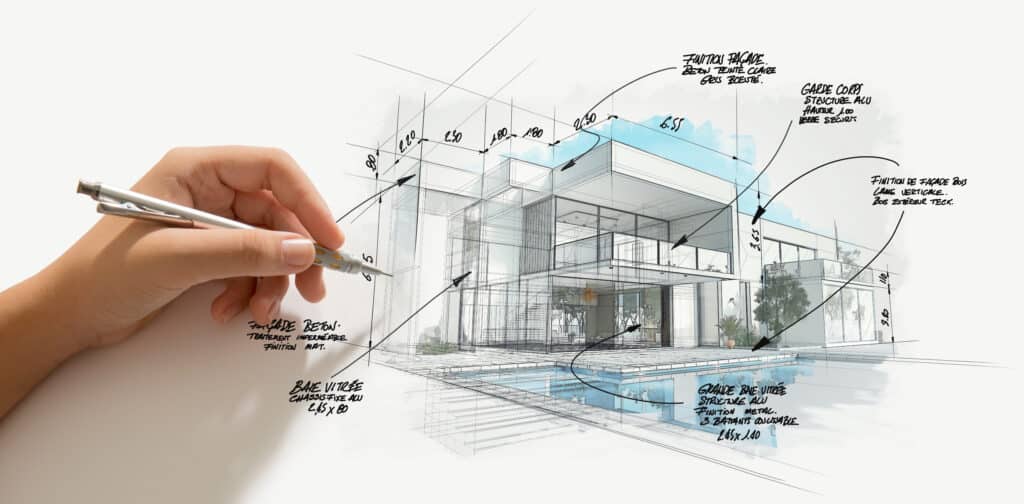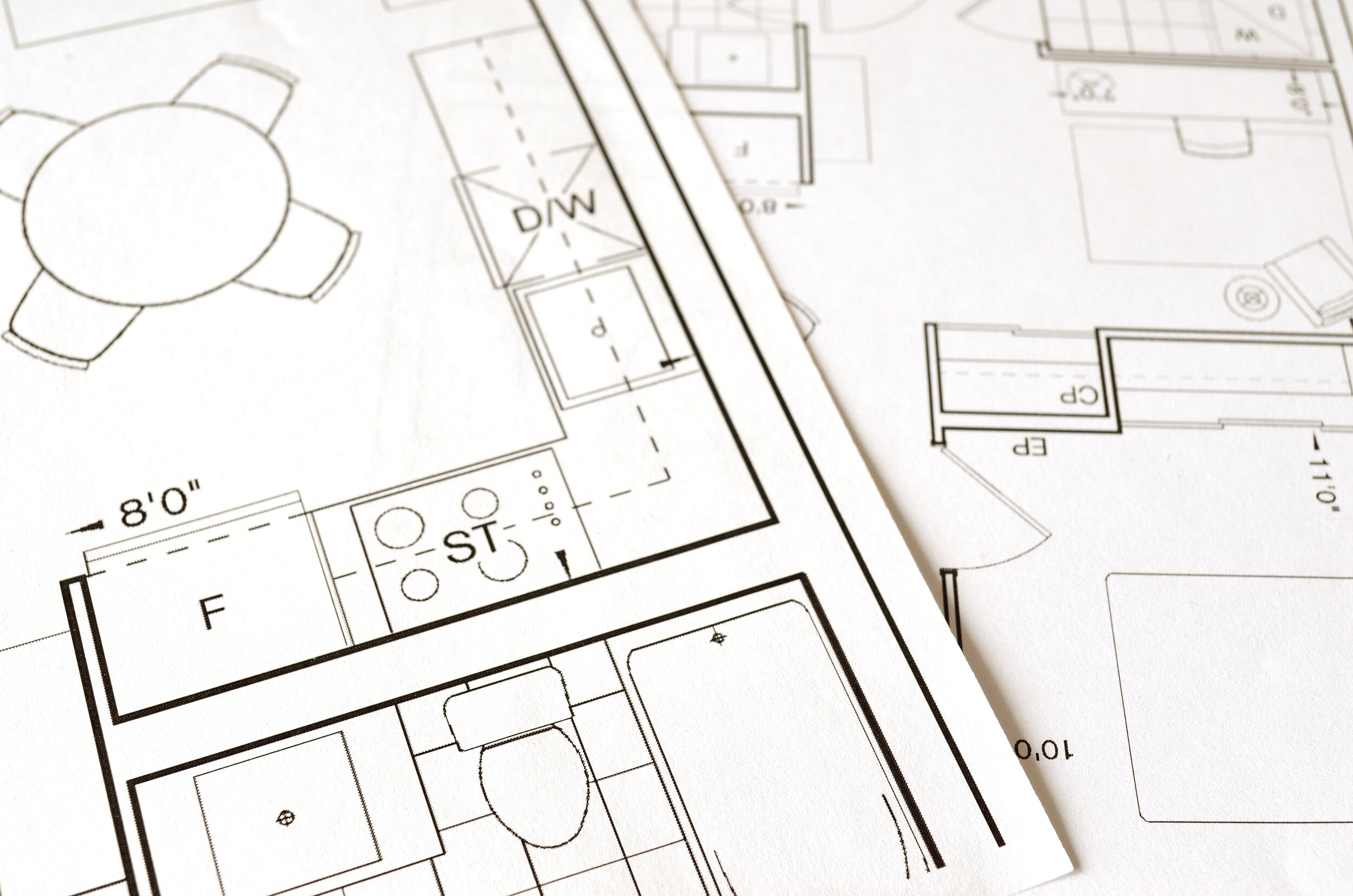The Art of Balance: Just How Interior Design and Home Architect Collaborate for Stunning Outcomes
In the world of home layout, striking an equilibrium between visual appeals and functionality is no little accomplishment. This delicate equilibrium is attained with the harmonious partnership between interior developers and designers, each bringing their distinct proficiency to the table. Stay with us as we discover the ins and outs of this collaborative procedure and its transformative effect on home design.
Understanding the Core Distinctions Between Interior Layout and Home Design
While both interior style and home architecture play vital functions in creating cosmetically pleasing and practical areas, they are naturally various techniques. It deals with the 'bones' of the framework, working with spatial measurements, load-bearing wall surfaces, and roof designs. On the other hand, interior style is much more concerned with improving the sensory and aesthetic experience within that framework.
The Harmony Between Home Architecture and Interior Decoration
The harmony between home style and Interior Design hinges on a shared vision of design and the improvement of functional aesthetic appeals. When these 2 fields align harmoniously, they can change a space from average to extraordinary. This partnership requires a deeper understanding of each discipline's principles and the ability to create a cohesive, visually pleasing atmosphere.
Unifying Style Vision
Combining the vision for home architecture and Interior Design can develop an unified home that is both useful and cosmetically pleasing. The equilibrium starts with an incorporated way of thinking; engineers and indoor developers work together, each bringing their experience. This unison of concepts develops the design vision, a blueprint that guides the project. This common vision is crucial for consistency throughout the home, making sure a liquid transition from outside architecture to indoor rooms. It advertises a synergistic strategy where building aspects complement Interior Design parts and vice versa. The outcome is a cohesive living space that mirrors the home owner's individuality, way of life, and taste. Therefore, unifying the design vision is crucial in mixing design and Interior Design for magnificent results.
Enhancing Useful Visual Appeals
Just how does the synergy in between home architecture and Interior Design improve functional looks? This synergy allows the production of rooms that are not only visually appealing however additionally conveniently useful. Architects lay the groundwork with their structural style, ensuring that the space is useful and reliable. The interior developer then complements this with carefully chosen aspects that improve the looks without jeopardizing the capability. This harmonious collaboration can lead to homes that are both beautiful and liveable. As an example, an engineer could develop a home with high ceilings and large home windows. The interior designer can then emphasize these features with tall plants and sheer drapes, respectively, therefore boosting the aesthetic appeal while maintaining the useful benefits of natural light and spaciousness.
Value of Collaboration in Creating Balanced Spaces
The cooperation between indoor developers and designers is essential in creating balanced rooms. It brings consistency between style and architecture, bring to life rooms that are not only cosmetically pleasing but additionally functional. Discovering successful joint techniques can give insights into just how this synergy can be effectively accomplished.
Harmonizing Style and Architecture
Equilibrium, a crucial facet of both Interior Design and style, can only really be achieved when these 2 fields operate in harmony. This consistency is not simply an aesthetic consideration; it influences the performance, toughness, and eventually, the livability of a space. Inside designers and designers must understand each other's roles, appreciate their knowledge, and connect successfully. They must take into consideration the interplay of architectural elements with decoration, the flow of rooms, and the influence of light and color. This joint process results in a natural, well balanced layout where every element contributes and has a purpose to the overall aesthetic. Balancing layout and style is not just regarding developing lovely rooms, however regarding crafting areas that function perfectly for their residents.
Successful Collaborative Strategies

Situation Researches: Effective Integration of Layout and Design
Taking a look at a number of case research studies, it comes to be apparent exactly how the effective assimilation of interior design and design can change a room. Architect Philip Johnson and interior designer Mies van der Rohe worked together to develop an unified equilibrium in between the inside and the structure, resulting in a smooth flow from the outside landscape to the inner living quarters. These situation studies underline the profound effect of an effective style and style cooperation.

Getting Over Obstacles in Style and Style Partnership
Regardless of the undeniable benefits of a successful collaboration between interior design and design, it is not without its difficulties. Engineers might focus on architectural honesty and safety and security, while designers concentrate on convenience and design. see Reliable interaction, common understanding, and concession are crucial to get over these obstacles and attain a successful and harmonious collaboration.

Future Fads: The Developing Partnership Between Home Architects and Inside Designers
As the world of home layout continues to progress, so does the relationship between designers and interior developers. The pattern leans in the direction of a more collaborative and incorporated strategy, breaking without standard roles. Architects are no much longer solely focused on architectural honesty, however likewise take part in boosting aesthetic allure - Winchester architect. Conversely, indoor designers are embracing technical elements, affecting overall layout and performance. This progressing synergy is driven by advancements in technology and the expanding need for spaces that are not just aesthetically pleasing however additionally sensible and lasting. The future assures a more natural, innovative, and flexible approach to home layout, as designers and developers remain to obscure the lines, fostering a partnership that genuinely symbolizes find out here the art of equilibrium.
Conclusion
The art of equilibrium in home design is accomplished through the unified cooperation between interior developers and designers. Regardless of obstacles, this partnership cultivates growth and technology in design.
While both indoor design and home design play vital duties in producing cosmetically pleasing and practical areas, they are inherently different techniques.The synergy between home design and interior design exists in a common vision of design and the improvement of practical appearances.Linking the vision for home design and indoor layout can create a harmonious living space that is both functional and visually pleasing. Hence, unifying the design vision is crucial in mixing style and interior layout for stunning results.
Exactly how does the harmony in between home architecture and interior style improve functional aesthetics? (Winchester architect)